On Luxury
13 years ago by
Je lisais vos commentaires sur la phrase de Costanza tout à l’heure, et j’ai trouvé celui de Silvia intéressant :
« La mode ressemble de plus en plus au foot. Les marques sont maintenues mais les créateurs changent de maison en un clin d’oeil. La couture, c’est aujourd’hui un spectacle pour le grand public. C’est divertissant, mais rien de comparable au glamour des 50’s. »
Qu’est ce que vous en pensez ? Est-ce que la mode est le dernier « divertissement » en date ?










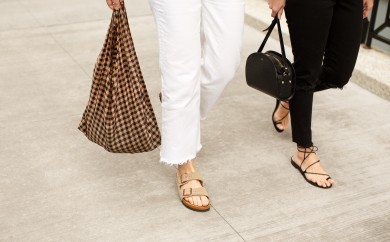
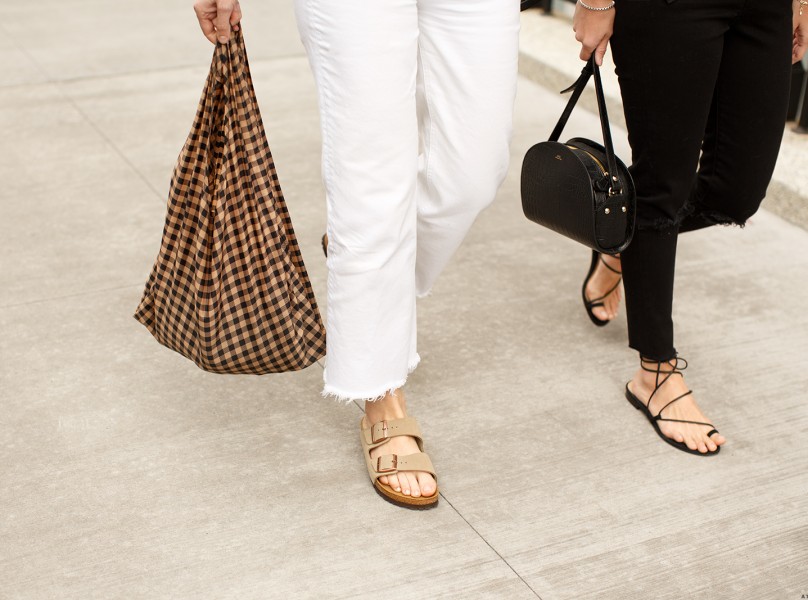
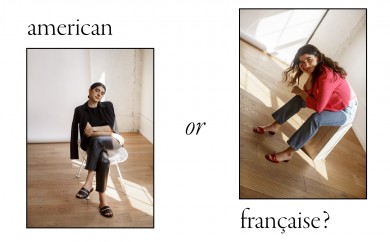
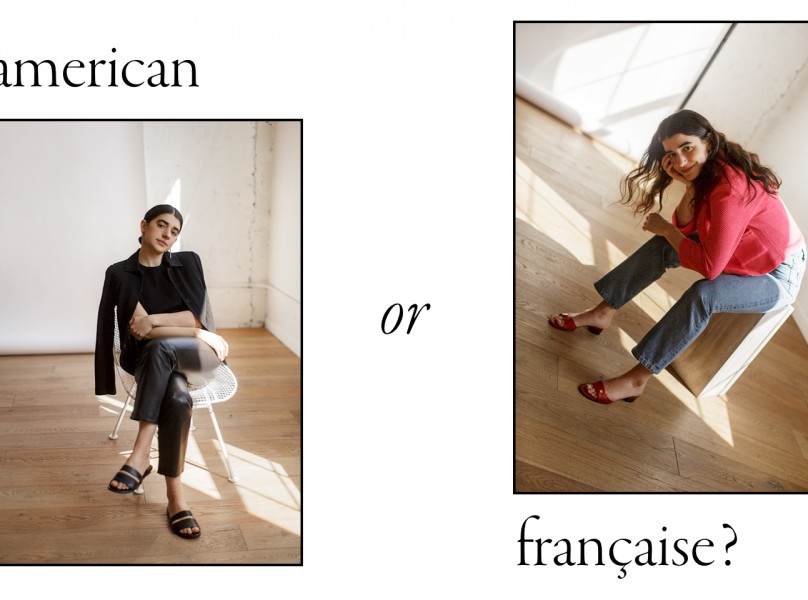
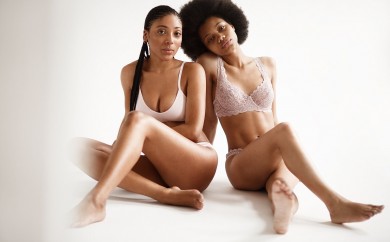
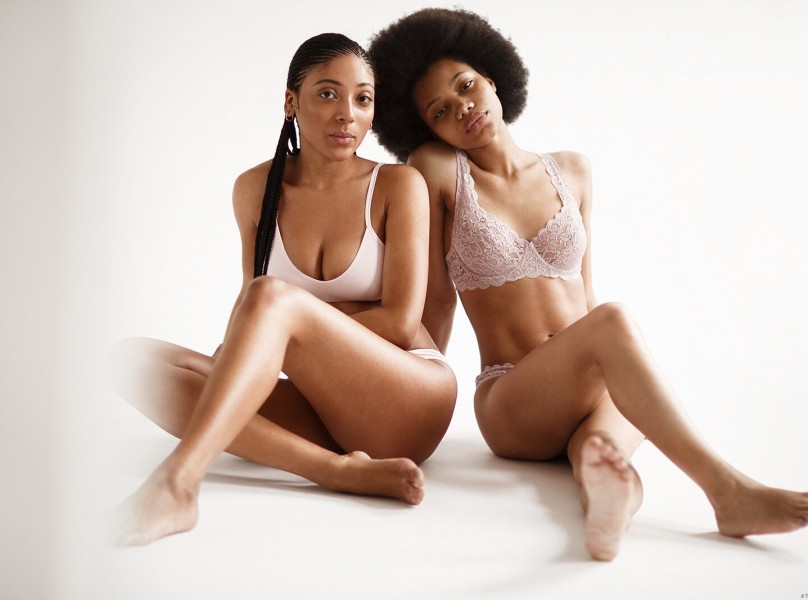




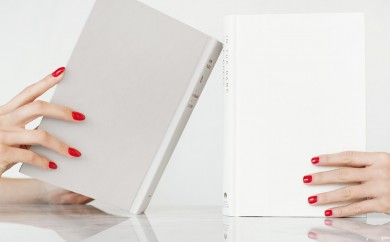



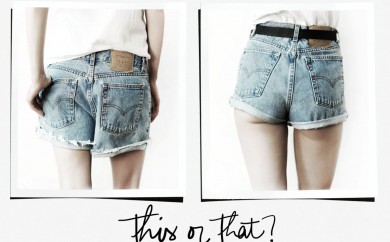
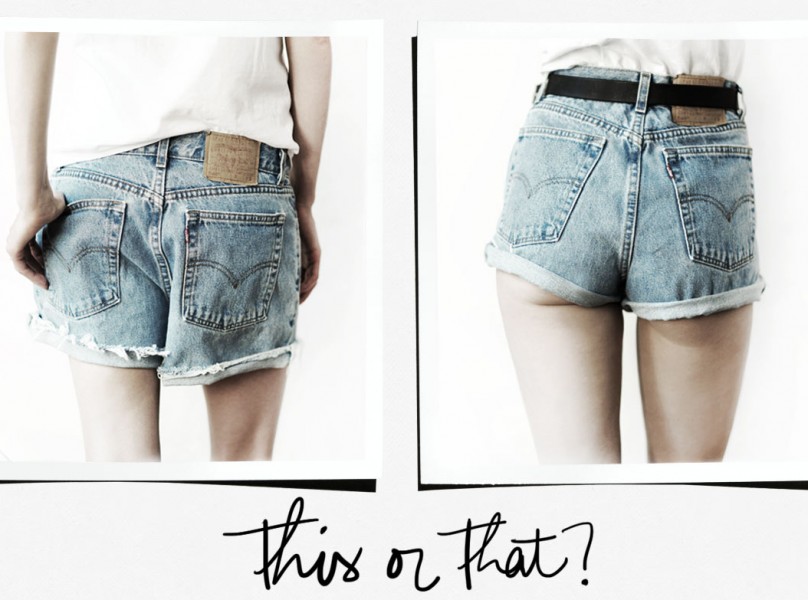
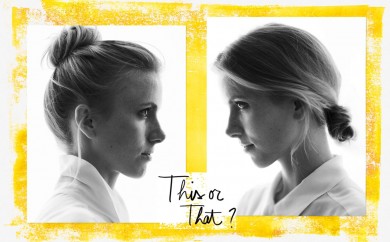
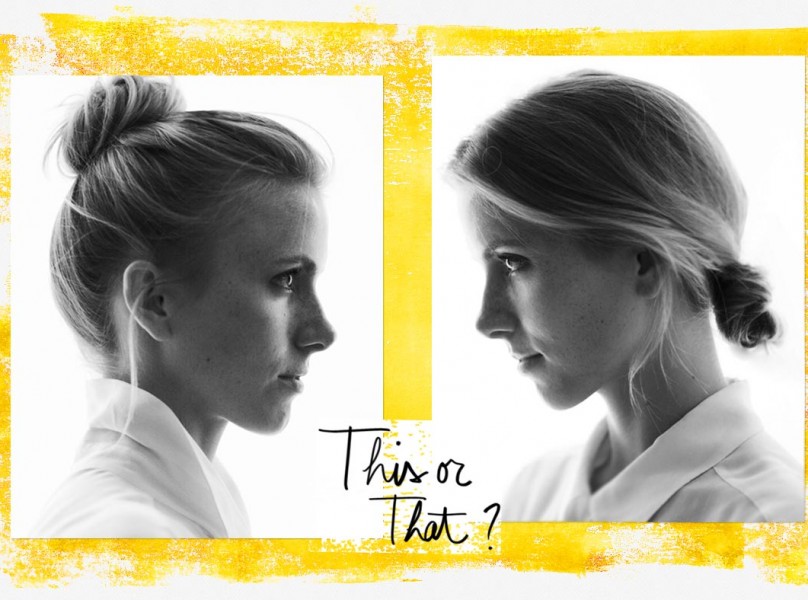




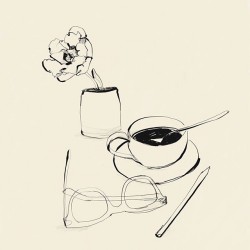
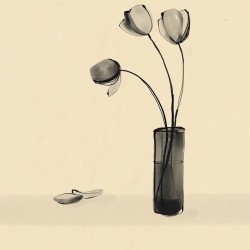
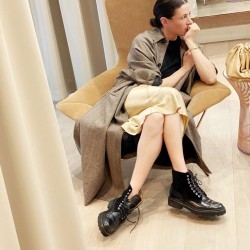


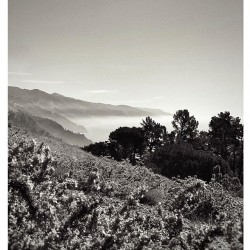

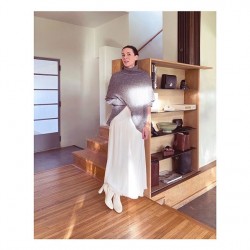




Je trouve son commentaire un peu hard car la mode est un art et demande énormément de travail à des créateurs surchargés qui sortent de plus en plus de collection par an et qui arrivent toujours à se renouveler!
Je pense que l’on a plus assisté à une démocratisation de la mode qui a permis à tout le monde d’y accéder et le développement des social médias y a énormément contribué!
Mais pour moi rien à voir avec un divertissement!!!
http://www.clemenceandme.com
high fashion is for the 1% and then comes mass market
http://lilaesthete.wordpress.com/
Bien dit!
Je pense que le problème de la mode aujourd’hui c’est que plus personne ne valorise le savoir faire et le travail bienfait. On préfère aller chez zara ou h&m même si leurs collections sont teintée par le travail des enfants. On le sait tous mais on préfère fermer les yeux…Aujourd’hui ce qui nous importe c’est d’acheter plus, moins cher. Même si dans deux mois notre pull ne ressemble plus a rien, on s’en fout en fait de la vrai mode, ce qui importe c’est d’être à la mode… Alors au maison de mode d’essayer de toute les façons possible de rester dans le vent de la fast fashion… On change de styliste après 2 ans si les ventes ne crève pas le plancher, alors qu’on sait tous qu’il faut plusieurs années pour qu’un styliste s’imprègne de l’esprit d’une marque… On vire les créateurs surmené au moindre signe de faiblesse…
Comme pour le foot, la mode a perdu son essence…
C’est aussi la raison pour laquelle les créateurs de hautes couture sont devenu des caricatures et sont obligé aujourd’hui de transformer leur show en spectacle, non pas pour séduire les clientes avec des coupes parfaites et un savoir faire hors norme, mais pour faire parler d’eux et surtout de la marque. Les défilé de haute coutures sont devenu des campagnes de publicité à grandes échelles.
Les gens en occident on perdu la réalité de vue quand à la valeur du travail et le prix du travail surtout.
Si je dis ça, c’est que en tant que styliste et couturière, je suis parfois choquée quand on me demande de dessiner et réaliser une robe de cocktail à 100 euros… Le glamour des années 50 ne reviendra que quand les gens seront près à payer le prix. Et quand je parle de prix je ne veux pas dire se ruiner… Mais il est évident que toute chose à un prix.
http://blog.valentineavoh.com
D’accord avec toi. J’étudie le stylisme et faisait déjà du modélisme avant.
Le problème est que les gens ne sont pas prêts à mettre le prix car ils ne se rendent pas compte du travail que cela demande. Si tu leur montres ton travail (toutes les phases je veux dire), ils se rendront compte que ça ne se fait pas en un jour. Là ils réaliseront la somme de travail pour une personne…ou pas et ils iront chez Zara/H&M (que j’aime aussi)…ou iront chez un créateur de luxe pour payer la marque et la réputation.
Mon entourage se rend compte du travail que ça demande et du coup, sont prêts à payer s’ils veulent du sur-mesure. S’ils ne peuvent pas, et ben ils ne demandent pas car tout ça a un coût minimum. Mais quand tu es un « petit » ou « jeune » créateur, tu es obligée de faire un effort sur le prix car les gens te diront que tu n’es pas une marque connue…C’est la dure loi du sur-mesure…
Bon courage!
I think fashion has suffered comercialization like everything else, that is a fact. And that is the reason why it has become a little bit like entertainment.
In terms of the designers, I sometimes get confused of who is working with each brand, that in the old days did not happen, one designer one brand and that was it, there was one direction and one cannon and the clothes were recognizable at a thousand miles away.
Last, I think couture is still very glamorous, only a few can pull it off!
Yes, fashion is certainly entertainment. Runway shows especially are. Many of the shows you and Scott brought us into were very much performances. I feel like many of those clothes would be outrageous on most people but they are inspiring and emotive. The shows and collections create an experience for the viewer that is entertaining in the best way. They leave you feeling excited and alive but the wow factor often comes more from pushing boundaries than creating glamour. Sometimes I wonder how much these designers really love real bodies and think about how to augment our natural beauty with their designs. Models are used more like blank canvases than living displays. I sometimes feel like designers love such gaunt models with forgettable faces because a model is like a necessary evil for them instead of the purpose for their job. But these are, of course, blanket statements. There are definitely designers and houses really thinking about how to make gorgeous, wearable clothes but…I can see how fashion has become less glamorous and in turn become more outrageous.
http://lindseyreneegrace.com/
OUI … je trouve ça génial comme comparaison ! mais ce n’est pas le createurs ni la mode qui en sont la cause, ce sont les groupes, Pinault, Richemont, LVMH etc … La rentabilité des marques prime sur la créativité, l’obligation des produits dérivés, les créateurs sont des machines a fric ! Obligés de sortir LE IT BAG, Le Parfum ….
Oui c’est un divertissement, pour moi en tous cas, même si je bosse dedans a plus petite échelle, ce sont les prix qui sont de plus en plus surrealistes ! …
This is a débat that sparkled since Monsieur Yves Saint Laurent & consorts went into the prêt-à-porter from Haute Couture. Some like Maestro Balenciaga fired all his staff in one Adieu to underline the shifting times. “What’s extraordinary is the way everything modern fits in with everything old,” Diana Vreeland, who was the editor of Vogue between our two Italians’ tenures, wrote in 1984, the year before Prada designed her first hit, a line of nylon handbags. “It’s all a matter of combining. There’s no beginning or end there—only continuity.”
In Schiaparelli’s time, smart fashion was shocking; she designed a felt hat in the shape of an inverted shoe, preserved beetles in chunky buttons, and incorporated fabrics from then-exotic locales like India. But for Prada, a shoe hat is too decorative (in the exhibition video, she uses the word stupid, and Schiap, played by actress Judy Davis, scowls), bugs are funnier rendered in leather, and since the Internet exists, India is too close. Schiaparelli definitely challenged her 1930s audience, but Prada makes us think a bit harder. She directs narrative attention below the waist, a rather serious region compared to the frill-ready neckline that Schiap favored. She attends to shoes—a necessity—decking them out with Mohawks and taillights. Something’s always off. You look once and think, Who would wear that? You look again: Give it to me.
Fashion evolves with us as a mirror of who we became. Designers are human « be in’s » too and live in this era. The quote is pointing at the lost of « that » aspirational luxe that seem to make the 1950’s so panache. Yet ladies looked at that couture feeling “Oh my, where is la magie des Trente Glorieuses?” C’est naturel.
I have faith that with the talents I see in Latvia, Copenhagen, Shanghai, Tunis, Madrid, New York, London, Milan, Paris, Earth, Fashion is even more creative now because of the way we are liberated on our moeurs.
And if you looking for a nouveau luxe, you can start with the Saint Laurent Paris SS2013 signée Hedi Slimane where elitist and subtle were a tour de force. The pieces are drenched in exoticism and rich, saturated blacks and texture, as if La Woman signed each of his sketches more surely than his finely-hand-written-name … Cherchez la Femme. She is found everywhere.
“Fashion’s purgatory is Woman,” Roland Barthes wrote in 1972.
Thank god, she is.
Alessandro
Oh, I was with you in spirit right until the end and your comments about Hedi Slimane, thought the YSL (etc names) was bit of a yawn.
Having said that, I try and remember that the tension between what we say we want and what we desire is a powerful, creative force. Plus les choses changent…….
Excellent comment. Very well done!
When hasn’t fashion been entertainment. Fashion today is certainly not what it was in 50’s nor in the 80’s. It’s like looking at America’s Next Top Model: You know the routine, and you still look at the show and afterwards regret giving your attention to it in the first place. Everyone seems to be regurgitating past styles and calling it the new this and that. I prefer to only see the craftsmanship, the respect for classic cuts and fabrics. The rest is fluff.
that is so true! nothing can touch 1950s glam…wish it was still like that!
doing a giveaway on my blog!
http://lavieenliz.com
Yes, I do!!!!!
It’s really beautiful and fun!
I’m posting accessories from Los Angeles on my blog!
Take a look!
http://www.thegavlaks.com
C’est vrai en fait… C’est devenu très court terme, les créateurs sont encore plus pressés, les collections encore plus nombreuses, les fashion weeks aussi (ou du moins c’est ce que nous font croire les medias), la mode vire comme une girouette et reprend à n’en plus finir les codes des décennies précédentes, mais de plus en plus vite, hophophop 80′, 50′, 60′, hophophop… (et je préfère les années qui n’ont pas encore existé, bien plus créatif !)
Bref c’est vrai que c’est un sacré divertissement. Du coup elle a perdu son prestige. Et je ne pourrais pas dire si c’est bien ou pas !
well said !
world is mooving now so fast than people are getting bored quicker…so they’re willing for zapping / changes… like « ok what’s next » « I’ve seen this already » « I’ve wore that »…
Pressure on designer are getting higher… so maybe burn-out syndrom is also touching this type of job when before luxury and fashion was more to dream…
Same is happening to physicians… they are asked for rentability « how long is this patient on this bed » « how much will cost this examination » so sorry to tell the truth but because rentability is leading the world so far, job as physicians or designer are not getting harder…
Même la conception de la mode à beaucoup changé depuis les année 50, je pense que la vision qu’on doit avoir de la mode est une vision subjective. Moi je conçois la mode comme une expression de soi et de ses goûts, et comme une déclaration d’amour à la culture dans tous les sens du terme.
http://www.younglington.wordpress.com
Belle question à se poser.
Mais aux vues des nouvelles les plus sombres dont nous sommes bombardées, un peut de futilité, fait du bien aux idées.
Finalement elle n’a pas lieu d’être cette question. La mode est un divertissement comme il l’a toujours été, mise plus en avant ces dernière années mais probablement moins qu’au début des années 90, ou tous les médias suivait les maisons de coutures, les couturiers, les models, les coiffeurs, les maquilleurs, …, une époque ou les artistes passait derrière ce fashion système.
On est plus dans un divertissement du luxe ou l’on essaye de préserver les traditions. La création innovante n’est plus une composante direct du luxe dans le domaine de la modes.L’effet divertissement est probablement induit par l’offre et la demande que l’on crée en tant que consommateur. Et malheureusement ce qui nous domine ce sont nos choix et pas la société dans laquelle on évolue, consommer est un choix personnel. Une amie c’est lancée un défit de vivre une année sans nouveau achats de vêtement, elle à réussit sans trop de mal alors qu’elle un peut shopping addict… suivre son récit ici http://coutureetgourmandises.eklablog.com/un-an-sans-vetements-c721135
Au final pour réagir à Silvia je crois surtout que l’on ne peux pas comparer deux époques comme les 50’s et les années 2000.
Dans les fifties on parlait croissance tout le monde positivait, le sourire était sur tout les visages. Les Couturiers émergeaient et les investisseurs les suivaient. Tout était possible.
Aujourd’hui on se raccroche à nos acquis et on développe ce que l’on a. Il y a uniquement les fous qui lance un business en ce nouveau millénaire (regard ce blog et ou il t’a amené) la nouveauté fait peur et trouver des financements est difficile. Reste plus qu’à rêver et faire en sorte que cela se réalise, malheureusement cela ne tombe pas du ciel il faut y travailler.
Fashion has always been an entertainment. Back then, it was an entertainment for a certain class or group of people. With globalization, everything – not only fashion, becomes more reachable by the masses. Now with social media, the crazy number of fashion blogs out there.. everyone feels closer to the glamour of fashion. Has fashion lost its glamour over time? Definitely! At the same time, the work has become harder for the designers. They no longer entertain a small group of the haves, it’s now an entertainment for the mass. Anyone can now join the chorus to criticize a designer or brand or ad campaign etc.. it is no longer the job of buyers, fashion critics, and socialites. http://www.chasingruins.com/
Fashion is entertainment as well as cinema or literature… There’s something for everyone and thank God there is! I won’t say Zara makes art, but there are ateliers and designers that work on authentic pieces of art: the fabric, the design… They don’t have to be famous, but they are artists. That also happens with cinema: Hollywood big productions for Christmas are not the epitome of the seventh art, but there are films that are jewels. And you can say the same about literature, photography, music…
Ce qui a surtout changé c’est la temporalité de la mode, l’abondance, les tendances sans cesse renouvelées, la consommation effrénée, les grands groupes et leurs actionnaires qui en veulent toujours plus. Et nous on est les dindons de la farce !
***with a drink in hand*** « here, here Silvia »
bien que ce commentaire soit un peu extrême je suis plutôt d’accord : du moins le luxe TEND à devenir comme le football. Je suis absolument pour la démocratisation des tendances mais le luxe est à part et doit rester inscrit dans la tradition du savoir-faire : on voit aujourd’hui des grandes maisons qui conçoivent certaines pièces de manière industrielle et je ne pense pas que ce soit vraiment le bon chemin à prendre…
But do we want fashion to be exclusively for the upper-upper class (the luxury)? I don’t think so.
The more democratic fashion becomes, the less romantic (the glamour) it will be. The it-bag or the it-shoes are actually in reach, most people just have to prioritise their finases a bit.
If fashion shall continue to be exiting, we probably need this media circus. Fashion is not so much of a status symbol anymore (at least not in terms of wealth). It has to prove it self to the customers, teh name and the pricetag isn’t enough. Owning a LV bag, doesn’t have to equal wealth, power and a good family name. It doesn’t even have to equal good style and/or being fashionable. Today being fashionable is knowing whats going on (not neccesarily just fleeting trends, but also what is considered good style in certain circles), this is the kind of status symbol fashion is today
It does not have to necessary be a negative thing. Fashion has become more accessible – as in the sense of high fashion not being necessary limited to the upper social ranks. And as someone who loves fashion, I consider it a positive outcome.
http://www.azrakunworld.com
Even the word ‘glamour’ means less today. It once evoked a sense of mystery and mystique that is hard to associate with a young teen model on a catwalk or a celebrity in a print ad. For me, this more than wider accessibility has eroded, a little, some of the glamour of fashion.
I think fashion has become many things, fashion can be art, a craft, fun, pure happiness, entertainment….. and…… fashion is a huge industry, it has so many different faces.
But at the end of the day fashion is a thing you buy and style is a thing you own…..
I think Carine Roitfeld once said this and I think this is very true. What fashion was in the 1950s has long changed, everything changes, the only constant in life is change and there are good and not so good changes happening everywhere.
I think more important is, that we should start to think about what we buy fashion wise, should we really buy this very cheap t shirt from H&M? We should start to think about where the clothes were made and how, who made them and what did they get paid for, for doing this t shirt? There are tonnes and tonnes of clothes being thrown away, this means CO2 blown to our atmosphere for what? For wearing the clothes we buy just once or twice before we give them away? I think questions like this are much more important nowadays.
I agree. I believe that style is really about attitude. I once bought a shirt which looked great on a lot of women – the bloggers zara floral shirt but when I wore it the effect was muted significantly. Style is something you own! X
I think it is entertainment. It’s not only about wearing fashion because you need to wear it, it’s about admiring, understanding and also showing off. When I watch a fashion show I feel entertained and I am sure a lot of people wear clothes to give a certain image of themselves to people and you got the people who only want to shock people with the clothes they wear.. Doesn’t know how over the top, bad combined or ugly it is, they wear it to entertain people..and to gain attention.
X
http://dipitblack.com
it’s big business $$$$$$ and almost everyone has a credit card…..the prices for clothes is insane…and calling everything a Brand….Hermes….kept some dignity…except for the Kardashians That’s why I like St Laurent instead of YSL!!!!
Je pense surtout que beaucoup se déclare dans la mode sans aucune vrai expérience et ça c’est dommage … xxx
It is definitely a confusing time for fashion.
i’m not sure what to think. i mean, it is genius what Zara and H&M and Mango are doing – collaborating with popular designers. they listen to the consumers and give them what they want at the price they can afford. so what? supply meets demand. works for everyone. like myself – i love isabel marant’s designs but can’t really afford her stuff. i look at pictures on Zara website and love their copy cats but when i go into Zara and try some stuff on, they just don’t compare to the real things. So i don’t buy anything but at least i got to try them on without the intimidation of walking in to a luxury boutique that carries Isabel Marant. You know what, i don’t know if it is entertaining or not, but i had my fun and i got it out of my system. Am I making sense here?
To me, Luxury definitely coincides with a steep price tag. i think it is still rare to some extent. obviously Isabel Marant is not going to match Zara’s volume but she is still popular! the reason we feel like luxury is no longer rare is because of the internet! blogs! we live in the age of information sharing! just because we see a lot of pictures of people wearing the same expensive popular item does not mean it is not that rare…
On another note, when you look at blogs too much, it makes you want the things you can’t afford too – victim of marketing. That’s why i appreciate your blog and how you don’t focus on marketing.
Are we talking about LUXURY or about FASHION ???
That’s not the same…
Dans les années 50, ma grand mère faisait ses robes et celle de ses filles,les tissus étaient de meilleurs qualités aussi.
Aujourd’ hui on s’ habille tous de la même façon, alors des que l’ occasion se présente, je demande à des amis designer de me faire des vêtements,je sais ou va mon argent , leur prix ne sont pas exubérant ils sont accessibles et leur travail est unique et de qualité… on n’ a pas besoin d’ avoir tellement d’ habits, il faut savoir trier son armoire aussi, on a besoin des bons vêtement qui nous ressemble c’ est tout.
Les systèmes de la mode, comme tous les autres sont des système qui permettent de financer heureusement des artisans, des créateurs et pleins d’ autres professions encore…mais surtout des grande boites, et bien plus vicieux encore des sytemes politique,des mafias…
A petite échelle,dans mon pays Mango, Zara et tous le trallala appartient à un même groupe qui soutien une certaine mouvance politique, et qui leur permet justement de ne pas payer de taxe lorsque’ il importe des vêtements (une grande partie des commerçants indépendants souffrent de ça , eux ils paient les taxes), bref on achète tous du Zara,du mango et tout le tralala, parceque c’ est pas cher, on se ressemble et au final on finance des systèmes politique malgré nous, alors la mode…à grande échelle, et bien aujourd’ hui c’ est plus que du divertissement…c’ est une arme :)
Voici un un livre d’ Erik Orsenna que j’ ai lu et qui m’ avait marqué, je le conseille vivement, je pense qu’ il résume assez bien notre univers économique à travers une matière, un tissu : le coton.
http://www.amazon.fr/Voyage-aux-pays-coton-mondialisation/dp/2213625271
le coton à travers les âges et les pays.
Ce commentaire est un pavé :
A ce propos, Arte passe en ce moment une série de reportages : « Fashion », suivant un ordre chronologique des 80’s aux années 2000. En les regardant je me disais justement que la mode n’était pas qu’une question de divertissement ou de frivolité. Elle est le reflet de son époque et en dit énormément sur la dynamique sociale, historique, et culturelle d’une période.
On est dans une époque où tout va toujours plus vite et où tout devient un consommable ; et là où il y a une rupture avec la tradition c’est que souvent les maisons sont rachetées par des gros groupes et sont de plus en plus soumises aux impératifs de rentabilité. Il me semble que pour beaucoup on se retrouve plus face à une réponse à une demande en fonction de la clientèle et de ce qui doit plaire qu’à une vraie proposition et prise de position artistique.
Pas pour tous les créateurs et il y a encore de la place pour l’innovation, heureusement!, mais l’art et la mode sont soumis au marché et force est de constater que les créateurs aussi !
That is very subjective… what do you consider as entertaining? One Man’s comedy is another Man’s tragedy. Fashion has to be entertaining – must have a hook, must create a need, must give you a taste of something that is attainable at some level… otherwise lots of people will be out of work. It all starts from Haute Couture- over the top, hand made, rare craftsmanship, with extreme prices; then filters down through ready to wear, high street and discount stores. Voila its a cycle and everyone has been entertained – sounds easy enough right?
Yawn Yawn! I tend to find the argument about how ‘everything was so much better in the good old days’ a bit tired. In fairness – it’s a broken record in all walks of life especially when it comes to discussing the arts.
One loves to criticise the state of Cinema today while looking back with emotion at the French Nouvelle Vague, the Italian Neorealismo or American Film Noir of long ago decades.
And I cannot count how many times I have heard that music was at its best in the 60’s with The Beatles, Dylan and The Stones!!!
Personally I don’t agree with this ‘purist’ ‘nostalgia’ view…
Indeed, granted – fashion has become a consumable good like any other with its several pricing points (Prêt a Porter, Couture, Haute Couture etc) – to appeal to as many customers as possible. But I think that this mainstreamisation (is that a word?) of fashion – has led to a proliferation of designers coming from a broad range of nations bringing with them different paradigms, approaches and codes of beauty. Because, let’s be honest here, the Fashion industry up until the early 80’s used to be mostly upper-class, white and European or in another words – very elitist.
Personally, I find the new model much more refreshing – as the designer’s nationality has broadened so has the nationality of its models, Fashion journalists and bloggers, its corporate ownership and most importantly its client base. This means more choice for more people…
All of course is not so positive, and the other side of the coin is perhaps the loss of quality material and pieces, a deepened sense of ephemeral and throwability (is this a word?) of fashion and the cut throat competition to attract designers by the houses that host them (albeit sometimes very briefly) – and I am not even going to debate here about what stick-thin models have done to female self -image…
But, looking at what we have gained (especially as consumers) versus what we’ve lost – I personally count my blessing for being born in an era where I can actually see, buy and live fashion and not just dreaming about it like my grand-mother did in the 40’s.
Jessik
PS: worth noting that has Fashion had remained its good old elitist self we wouldn’t be here debating on Garance’s blog which in passing has done its good fair share to democratise Fashion!
I think you make an excellent point!!
La haute couture populaire, un antagonisme ?
What’s wrong with the democratization of fashion? I don’t follow how a show being appreciated by a select group of people is somehow diminished by exposure to a larger audience.
People only like exclusivity when they are on the inside.
I think all these qoutes, posted here lately, are a kind of « ones upon a time… everything was better ». They obviously are.
I wish glamour and fashion and glance and … were so on everyone like it was quoted but no, it’s not like this yet. The better times are only coming, and we still separate whose who are fashionable and catch our eyes from all others. And if there are a bit more glamour ones than in the 50th’s so I can only say bravo! and wow! and be happy that I’m not from the 50th’s, I’m a happy girl :)
La réponse était dans les trois documentaires qu’ARTE vient de diffuser en France. Cette série documentaire passionnante, produite par Mademoiselle Agnès et conçue par Olivier Nicklaus (on peut la voir en replay sur le site d’ARTE) raconte la mode depuis 30 ans. Que sont devenus Montana, Alaïa, et Mugler ? La réponse est « Party is over », la fête est finie. Désormais la finance dirige la mode. Et les créateurs sont aux mains des financiers J’ai trouvé ce documentaire très émouvant. Et le témoignage d’Ann Demeulemeester en disait long. Mugler lui est passé à autre chose, sa transformation physique en « Manfred Mugler » est incroyable. Margiella a abandonné. Helmut Lang a abandonné. Quelque chose est mort. Autre chose est né. Mais désormais la mode a perdu tout légèreté, elle est mondialisée. Go global dit le documentaire. Mais pour aller où ?
Merci Sébastien!
Un régale de voir ces vielles images.
Force est de constater qu’il y a un peu de ça, et c’est parfois très agaçant. Mais je ne pense pas que ce soit les marques ou les créateurs qui sont à l’origine du problème, ce sont les gens qui réclament cela.
L’autre jour mon oncle qui est particulièrement riche (au contraire de ma personne lol) disait à ma mère avec un soupçon de dédain : « tu devrais changer ton kelly il est trop vieux ».
( Petite parenthèse : sa femme possède je ne sais combien de sacs kelly qui sont rangés par pays de destination pour quand elle voyage (véridique : un kelly + un porte monnaie cela va sans dire Hermès, avec la devise du pays, pourquoi se compliquer la vie quand on peut faire simple n’est-ce pas )).
Pour revenir à mon histoire, ma mère m’a rapporté l’anecdote en me disant qu’il fallait qu’elle s’en rachète un, qu’elle avait toujours l’impression de passer pour une plouc à côté de mon oncle… Je lui ai dit que c’était complètement incroyable d’en arriver à dire qu’un kelly est trop vieux (surtout qu’en l’occurrence, il doit avoir 5-6 ans donc bon…).
Bref, tout ça pour dire : c’est la course à qui mieux mieux… et les marques suivent bien entendu!
this is so true. It’s now more about the show than about the quality of the clothing.
Luxury was rare at a point in Costanza’s life because it was not accessible to the masses. In regards to owning particular fashion items, luxury is still not accessible and is still rare. However, as always, advances in technology have changed visual accessibility and allowed for the viewing of luxury items to become quite common. Fashion in media, be it magazines, blogs, videos is innately entertaining as anything we spend our time viewing becomes our entertainment. What we are really discussing is the democratization of high fashion. As we know in the states, our form of democracy and commercialization go hand in hand. Garance spoke of creating revolutions in her CFDA speech. Maybe we are witnessing a fashion world revolution. And usually revolution is followed by great renaissance. I can’t wait to see what happens next…
Totally agree that fashion is more about entertainment now. Although I don’t necessarily think it’s a bad thing. I’ve always felt that fashion was about soo much more than clothes. It was about fantasy and expression and a dash of performance art. Yes, we’ve moved away from the era of each designer having their own fashion house and from Haute Couture really having much relevance as far as day-to-day dressing. But now more than ever it’s bringing people joy and excitement and giving people more than just pretty clothes, it’s giving them pretty attitudes and inspiration.
I think that fashion is becoming more focused on technology and becoming more focused on entertaining their costumers, because that is the way they catch their attention. Technology is something that is present in many people’s lives. But I still believe that fashion isn’t a way of entertaining, but something that helps people find themselves. Who they want to be, how they want to look like, what kind of style they want to have, and therefore what clothes they want to wear.
wow, I just found this and I never thought that a fast-written-not-too-meditated comment would give this much to talk about. The truth is that I share most of the opinions that I read here, opinions that look opposite at fist side. I never wanted to say it is a bad thing that fashion is available for more people now than ever before, in fact a large percentage of the pieces in my closet comes from Inditex (zara). I was thinking in the moment that the couture client spent in the atelier, how the garments were conceived for him or her, and how the fashion shows today are… well, shows. This does not mean that any pocket can afford haute couture, of course.. or that one think is better than the other. To me and to how I understand glamour, we’ve lost in that to gain somewhere else
Anyways, sorry if I offended anybody.
I work in fashion and I find myself immersed in dilemmas quite often, prob bc of my rare background in philosophy
This is my fav blog, congratulations on a terrific work and so many followers Garance!
J’ai l’impression que les codes de la mode ont beaucoup changés. Parfois j’ai l’impression d’être un vieux dinosaure. Christian Dior devient Dior, Yves Saint Laurent devient Saint Laurent. Roberto Cavalli est considéré comme marque de Luxe, Coach se voit aussi luxe qu’un Celine ou un Vuitton ou les montres Gucci se veulent de la haute horlogerie.
A force de passer mon temps à me plaindre de manière nostalgique, je finis par me dire que le luxe a changé. En effet la Haute couture est devenu un spectacle bon pour le journal du 20h, les collections croisières se bradent auprès des nouveaux riches et le Travel retail est devenu la guerre du discount.
Je rêve d’une mode véritablement couture, qui n’est clairement pas pour tout le monde ou pour tous les yeux. Il ne faut pas confondre démocratisation et notoriété.
De toutes façons, il y aura un tri entre les marques de luxe devenues des griffes et les véritables Maisons qui font un travail tout simplement dans l’excellence de l’art. Mais il ne faut pas rêver.
Sur un pays comme la France, on pourrait se demander où se trouve la création car souvent les marques ont des bureaux de style à New York ou Los Angeles, la production se trouve en Italie, au Portugal, Tunisie ou même la Chine. A croire que la France est là comme un souvenir de l’histoire.
Quelles Maisons aujourd’hui sont au delà du rêve?
J